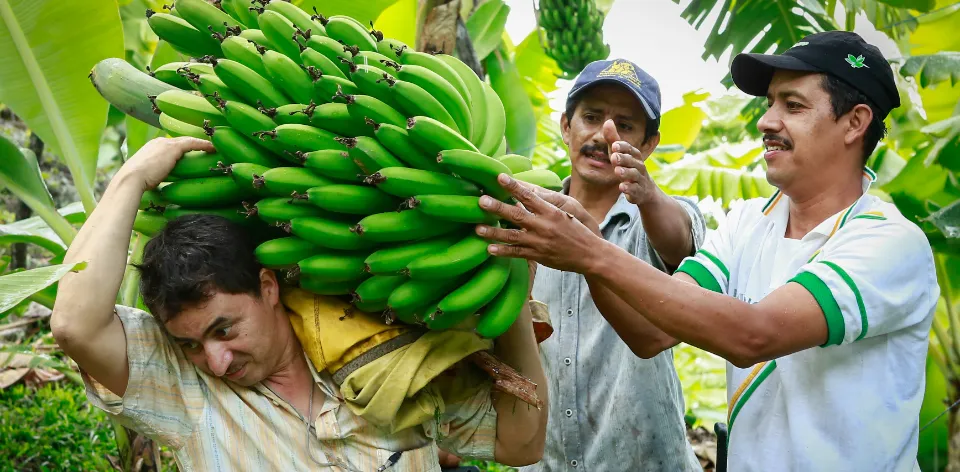 9/9/2024
9/9/2024
In July 2024, fertilizer prices rose by 1.98%.

Bogotá D. C., (@Minagricultura, @UPRAColombia, @claudialili76). In July 2024, the agricultural input market experienced significant price changes for fertilizers, pesticides, and balanced animal feed (ABA). The latest data shows that fertilizer prices registered an average increase of 1.98%, with compound fertilizers rising by 2.59% and simple fertilizers by 1.18%, following a two-year trend of continuous price reductions.
“The recent changes in fertilizer and agricultural input prices challenge us to seek innovative and sustainable solutions for the agricultural sector. At UPRA, we see this situation as an opportunity to strengthen our capabilities, optimize resources, and continue promoting an efficient and resilient production model that benefits our producers and the country,” stated Claudia Cortés, director of the Rural Agricultural Planning Unit (UPRA).
In the compound fertilizer segment, NPK 25-4-24 and NPK 13-26-6 showed the largest monthly increases, with 5.05% and 4.53%, respectively. These increases directly affect key crops such as coffee, rice, and panela sugarcane, which widely use these fertilizers. Among simple fertilizers, potassium chloride KCl 0-0-60 increased by 2.54% and diammonium phosphate DAP 18-46 rose by 1.62%.
Pesticide prices showed mixed behavior. While insecticides containing the active ingredient fipronil rose by 8.17%, possibly due to the recent cancellation of their ICA registrations (Resolution 740/2023), other products in the segment showed significant reductions. Herbicides with active ingredients such as picloram and glufosinate ammonium registered decreases of 14.37% and 7.11%, respectively. This downward trend in herbicide prices offers some relief for producers who rely on these inputs for weed control.
On the other hand, the ABA market continued its downward trend, with an average monthly reduction of 1.42% in July 2024. This is positive for sectors such as poultry and pig farming, where ABA costs account for more than 68% of production costs. Pig feed saw the largest decrease, at 2.19%, followed by poultry feed, which dropped by 1.84%. This price decline, which has accumulated a reduction of 18.34% over the past twelve months, is a crucial factor for the economic sustainability of these production chains.
General Outlook of the Agricultural Inputs Market
The agricultural inputs price index showed a monthly variation of 0.77%, influenced by the increase in fertilizer prices and adjuvants, which rose by 0.41% in July 2024.
For more details on this information, consult here.

